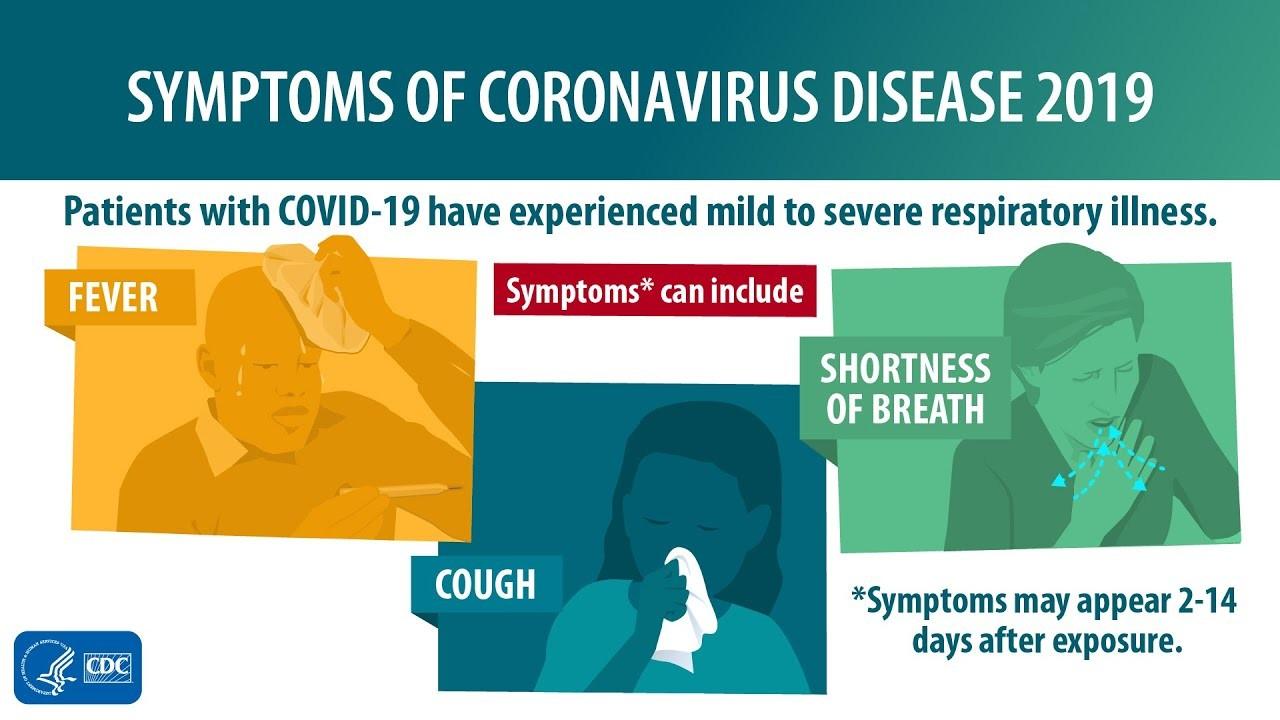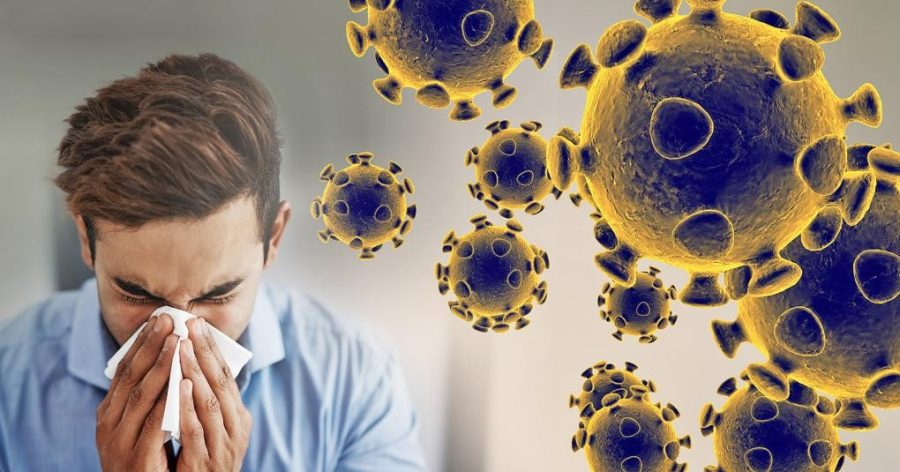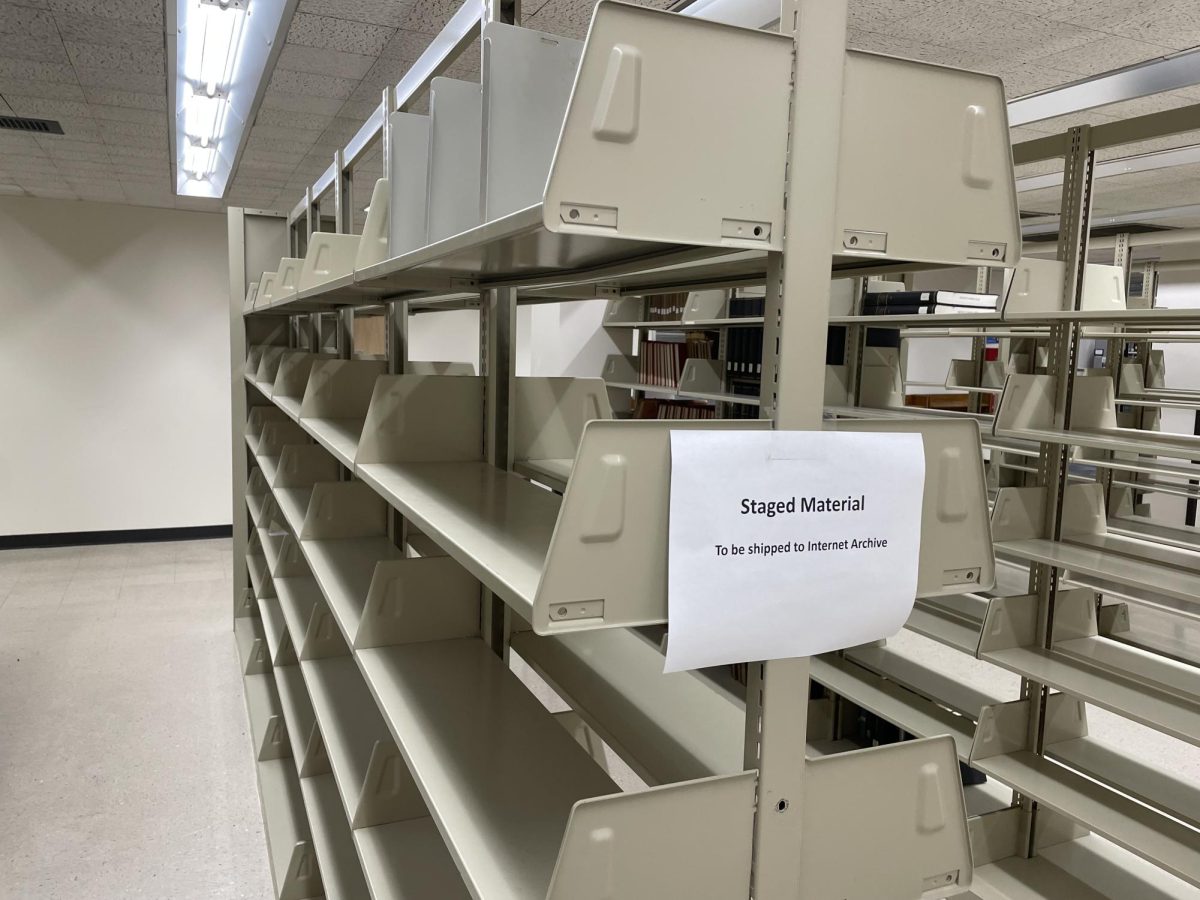Imagine this — you’re quarantining in your home and you start to develop a nasty cough followed by a fever and shortness of breath a couple of days later. You don’t feel safe enough to go to the emergency room and don’t have a physician to call. Are you out of luck?
As COVID-19 continues to grow exponentially around the nation, becoming infected almost seems inevitable. As of March 22, the novel strain of coronavirus, SARS-CoV-2, has well over 32,000 confirmed cases and has caused over 400 deaths in the U.S. alone.
The median incubation period for COVID-19 is just over five days, meaning that in about five days after being infected with the SARS-CoV-2 virus, 50% of people will begin to show symptoms. An incubation period isn’t when symptoms begin to subside, but rather when symptoms first begin to show. In addition, nearly 98% of people will show symptoms 11.5 days after being exposed to the virus. But what exactly are these symptoms?
According to the Center for Disease Control, the three main symptoms of COVID-19 are fever, cough and shortness of breath. Both a fever and cough are symptoms of the annual influenza virus, but shortness of breath can help healthcare workers distinguish a COVID-19 diagnosis from that of the flu.

Source: CDC
When the SARS-CoV-2 virus reaches the lungs, the sacs that are responsible for gas exchange, called alveoli, become damaged, making it significantly harder to exchange oxygen for carbon dioxide in the blood that will circulate around the body and supply your organs. This is what causes the hallmark symptom of shortness of breath in patients who have COVID-19.
Shortness of breath is a dangerous symptom that can cause a downward spiral toward death. That’s why government officials constantly bring up the need for ventilators. Ventilators provide supplemental oxygen to aid patients who are having trouble getting enough oxygen to different parts of their bodies.
New research from the American Journal of Gastroenterology indicates that gastrointestinal issues were a symptom in nearly half of the 204 patients in the research study. Typically, GI issues manifest through diarrhea, vomiting and abdominal pain.
Out of the nearly 32,000 active cases in the U.S., 97% of them are considered mild cases, so only 3% are considered serious or critical. But how do you distinguish a mild from a critical COVID-19 case?
A “mild” case of COVID-19 can be a little misleading since it’s not exactly equivalent to a mild case of the flu. A mild case is anything short of being hospitalized and needing oxygen supplementation. So, even though 97% of the active cases in the U.S. are mild, don’t be fooled. A mild case of COVID-19 can still be dangerous.
Dr. Bruce Aylward of the World Health Organization clarified that “‘mild’ was a positive test, fever, cough — maybe even pneumonia, but not needing oxygen. ‘Severe’ was breathing rate up and oxygen saturation down, so needing oxygen or a ventilator. ‘Critical’ was respiratory failure or multi-organ failure,” according to The Atlantic.
Arguably the most important action to take once you begin to notice symptoms is to stay home. By staying home, you greatly mitigate the risk of spreading the virus to people around you. The coronavirus is highly contagious and it is estimated that for every person who is infected, two to three other people will become infected.
New research has indicated that the SARS-CoV-2 virus can stay in the human body for up to 37 days, which gives infected patients all the more reason to stay at home. Top health officials, such as Dr. Anthony Fauci, the director of the National Institute of Allergy and Infectious Diseases, have constantly urged everyone to practice responsible social distancing.
If you don’t have a physician on speed dial, urgent care centers and hospitals are one quick phone call away. Experts recommend and urge patients who demonstrate symptoms to first call either an urgent care center or a local hospital before deciding to make the trip in. So, call ahead and explain your symptoms over the phone and listen to the physician’s recommendation on what to do next before deciding to drive over.
Given the fact that SARS-CoV-2 is a novel strain of a coronavirus, further breakthroughs regarding how the virus manifests in the body will come out. The phone number for the Arizona Health Department regarding COVID-19 is (480) 303-1191. If you begin to show some of the symptoms, do everyone a favor and dial the number.
Follow Amit Syal on Twitter









